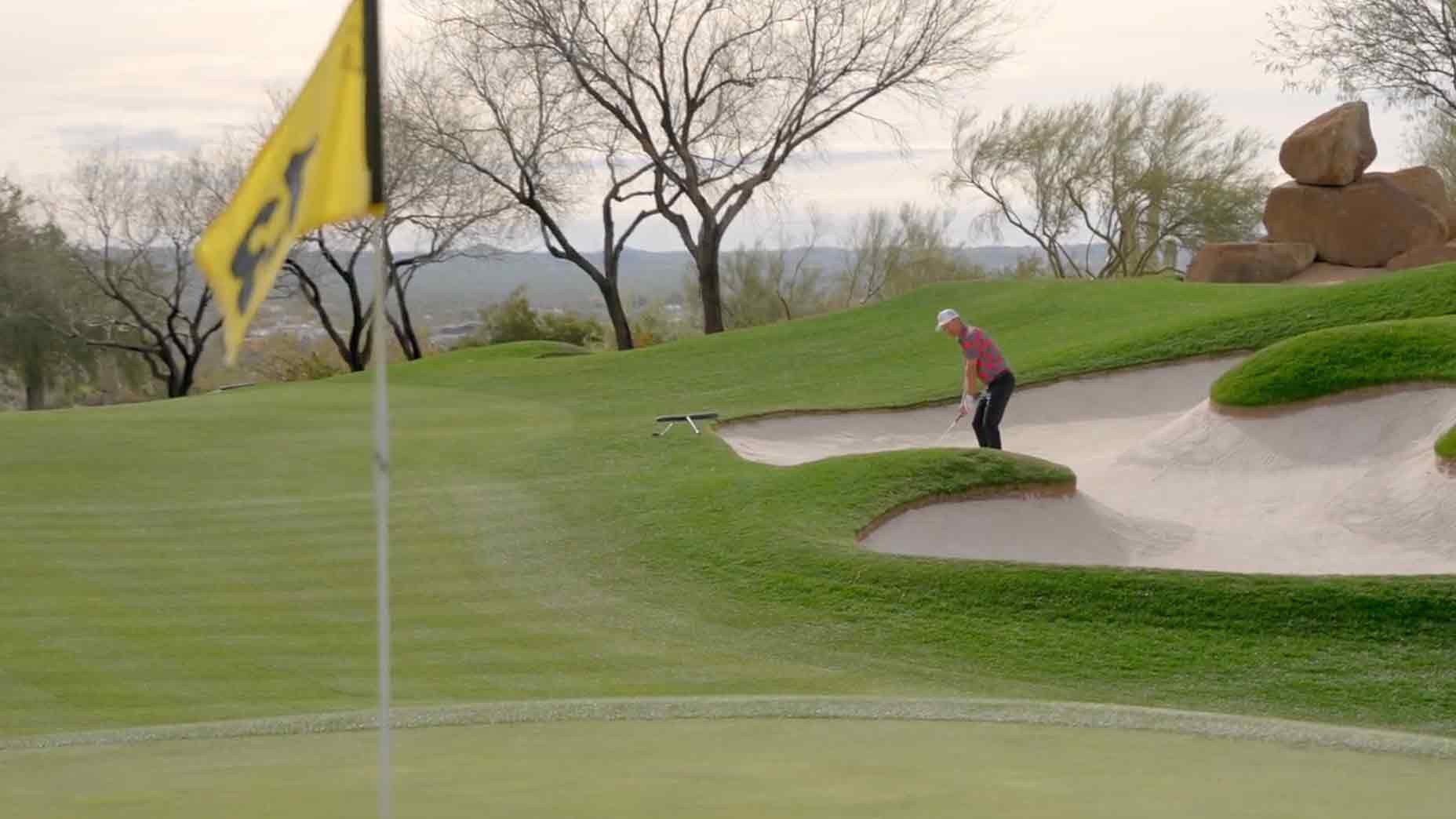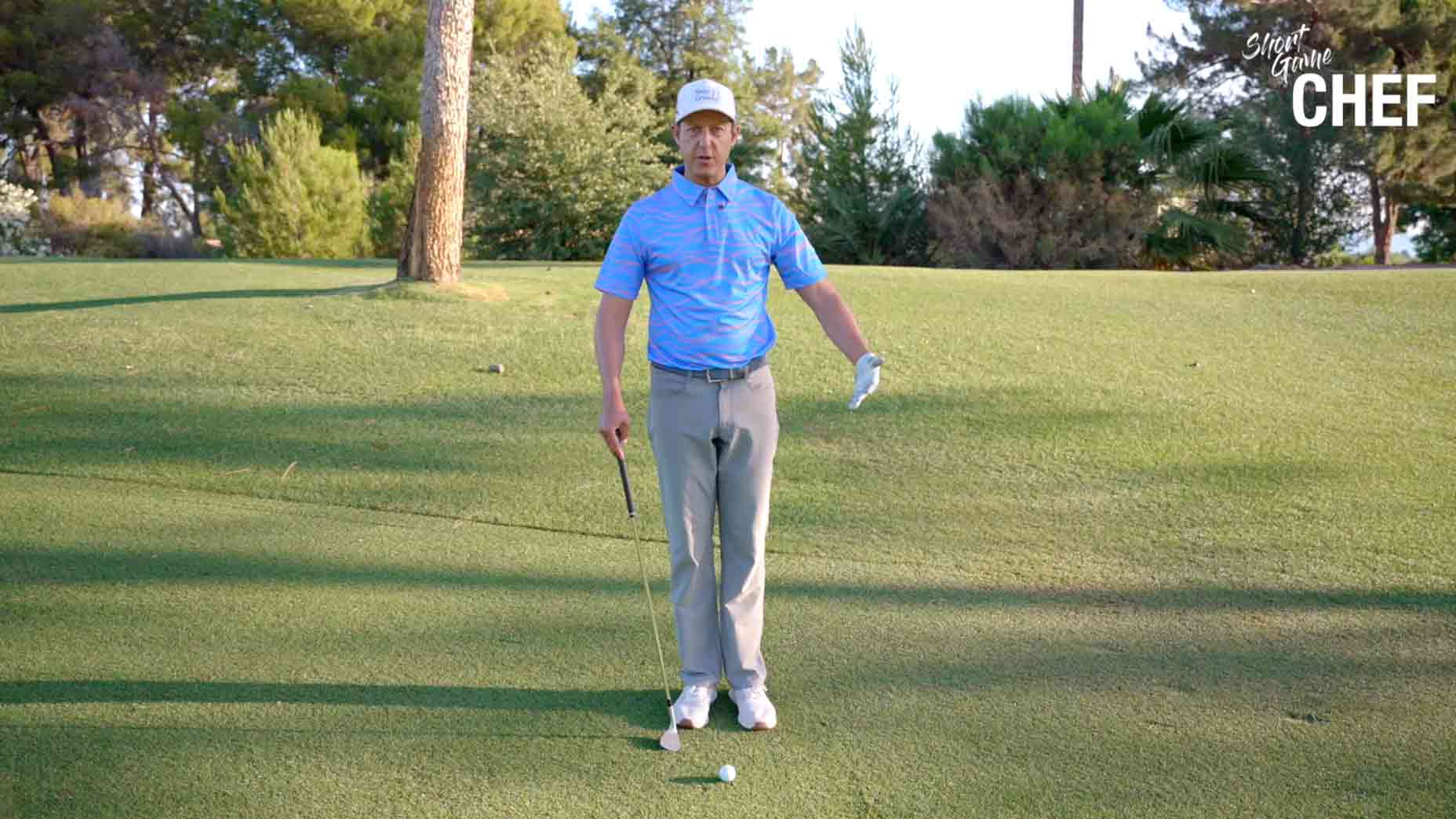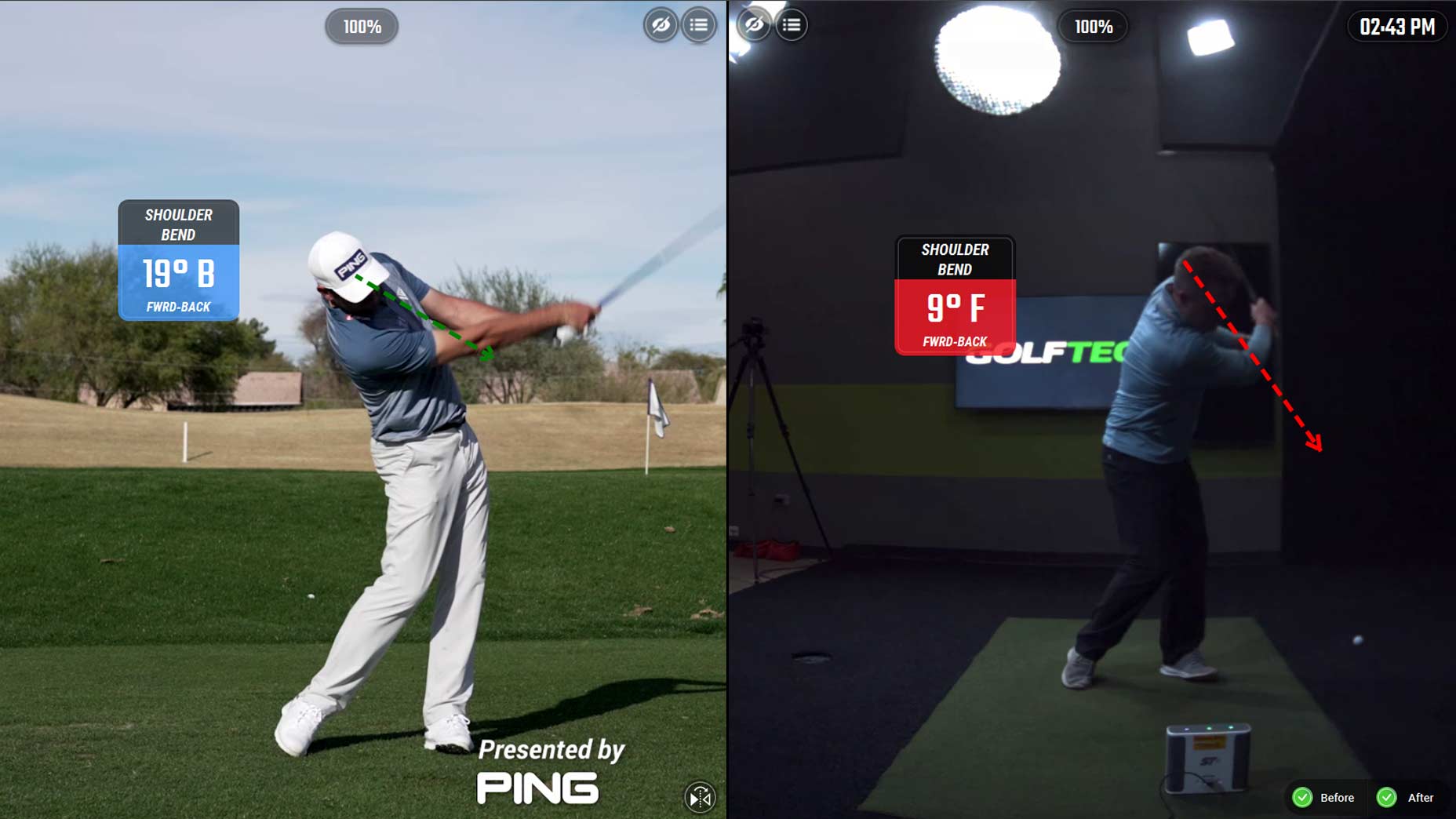Wedge shots from between 50-125 yards can make a huge difference in your golf game.
If you’re successful and find yourself on the green, there’s a good chance you’re shooting low. But if you fly the green or come up short, you’re putting added pressure on yourself to get up and down — which isn’t always easy for amateur players.
While many amateurs think that it’s strictly club selection that matters when faced with shots from this yardage, there’s another factor at play that’s critical: backswing length.
We all know that each golf shot is different, so it requires some creativity each time you’re standing over the ball.
Distance is one factor, but so is the ball’s lie, as well as any obstacles in your way; like trees, water or bunkers. So it’s important to get a feel for what your backswing length should be when using a wedge from 50-125 yards.
To help get your wedge play to a better place, Parker McLachlin, aka “Short Game Chef,” shares the necessary ingredients in order to see more consistency.
Use the stack and tilt method to hit perfect wedge shots from 50-125 yardsBy: Nick Dimengo
In the video above, McLachlin shares two different ways that golfers tend to gauge the length of their backswing — whether it be something visual or something that requires more of a feel.
“Dave Pells had the clock system,” McLachlin says. “Lead arm would be at nine o’clock, 10 o’clock, 11 o’clock; that’s how some players would feel this.
“Some players who maybe aren’t quite as visual in that manner, feel it more 50, 75, 90 percent. I’m a little bit more in that fashion, but find what’s right for you.”
Regardless of which backswing feels best for your game, McLachlin reminds viewers that one thing no golfer should do with their wedge shot is swing at 100%.
“What I mean by that is that I’m never going to get to a place where I’m feeling here [in the full backswing] and at 100 percent. It’s always going to be 50, 75, 90 percent, with 90 usually being the max,” he says.
This is where accelerating through the ball is key, with McLachlin emphasizing the importance of doing so through the downswing.
Master wedge shots by reimagining your setup, says short-game starBy: Nick Dimengo
“All the PGA Tour players that I talk to, they’re always feeling acceleration on the way through,” he adds. “They understand that acceleration is going to give them spin, it’s going to give them good distance control.
“The amateur players that I work with, what I usually see is they take their normal full swing for a 50% shot, and then they slow down on their way through; and it never really works out very well. No spin control, no distance control, and they usually lose control of left and right as well.”
McLachlin says that, in order to combat these issues for amateurs, he wants to see some structure in the backswing. This will help create some friction between the club and the golf ball.
“I don’t want it to feel very loosey goosey and not structured,” he says. “We don’t want to be slowing down on the way through on this shot. So backswing, we’ve got to be really, really precise on this.”
Use GOLF15 for 15% off a Short Game Chef membership! Click here to join.












